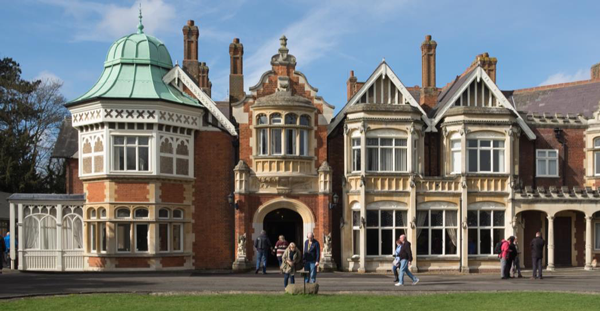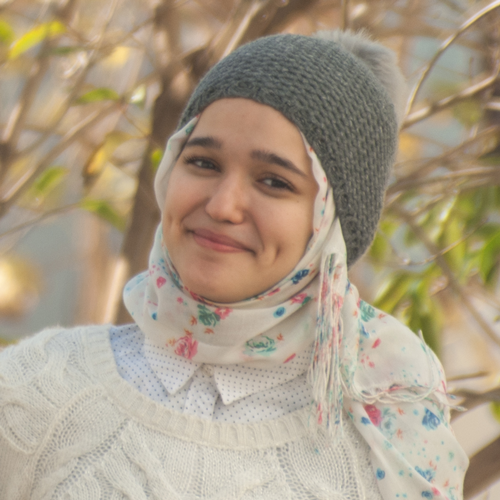
Scholars learn about WW2 codebreakers at Bletchley Park
Chevening Scholars had the chance to visit Bletchley Park, situated in Milton Keynes, Buckinghamshire, which was used to penetrate the secret communication of the German ‘Enigma’ and ‘Lorenz’ ciphers.
Right after arriving scholars participated into activities such as workshops, guided and self-guided tours, all to learn in-depth about the park.
At the beginning of the workshop scholars heard history about Bletchley Park and learnt more about this ‘secret’ place, which shortened the World War Two by two to four years, and more importantly saved countless lives during that time. In addition, they also learned about the ‘Enigma machine’ used by the Germans during World War Two.
Bletchley Park was bought in 1938 by the head of Secret Intelligence Service (SIS) for only £6,000 using his own money. He bought it for the use of SIS and Government Code and Cypher School (GC&CS).
After that Bletchley Park became home to the brilliant English mathematician who worked for the government during the war, Alan Turing. Turing and his team broke the German Enigma code and, later on, formed the basis of modern electronic computing.

Hut 8 was the section led by Alan Turing to solve the enigma messages.
During the workshop, Chevening Scholars saw a simulation of what the codebreakers job looked like by solving some codes using an app of the Enigma machine:

Later on that day, Chevening Scholars learnt about the strategic reasons Bletchley Park had been used for. The reason to choose this place as the secret place for codebreakers was its centrality and its closeness to Oxford and Cambridge, where many codebreakers came from, in addition to the closeness to Bletchley station.
Enigma machine
Scholars also learnt about the Enigma machine that was purchased by the Germans for military use.

The possible configuration of enigma was calculated to be 3 * 10114 and the users of enigma were confident because of these large possibilities. Moreover, the cipher system of the enigma was changing daily. Nevertheless, Turing had an immersive role in breaking the code by inventing a machine known as ‘The Bombe’, which helped in reducing the work of codebreakers and, from 1941, the Enigma messages could be read. The Bombe arrived at the National Museum of Computing on 1 May 2018.

In 1942 Turing also helped in developing a technique to understand the ‘Lorenz’ cipher machine.
The mansion
The mansion which was known as Bletchley Park and BP for the codebreakers, was built by Sir Herbert Leon, and was purchased along with 58 acres for the use of Sis and GC&CC. It was home to the work of codebreakers.
The codebreakers were not allowed to tell where they were going except saying they are doing ‘a military service’. They would have been given a pass to come through the station and they were not allowed to speak about the ‘secret’ thing they were doing or they would have been killed. The work of the codebreakers was stressful to a huge extent and with great secrecy. Codebreakers were sworn to absolute secrecy, which the workers have obeyed right up to this day.

Winston Churchill, the Prime Minister during World War Two, famously described the codebreakers who worked at Bletchley Park as ‘the geese that laid the golden eggs and never cackled’.
Sadly, the codebreakers were never rewarded by anyone seeing the important work they have done.


The National Computing Museum
The work of men and women in Bletchley Park did not just help end war, but laid the foundations for the computer age.
In the museum scholars had the chance to see the world’s first modern computer in action: ‘The WITCH’.

Scholars also saw the Colossus Gallery that showed the entire World War Two codebreaking process of the ‘Lorenz-encrypted’ messages.

In addition to computers that dated from the 1950s, 60s and 70s, such as Elliotts from the 60s and IBM. These computers looked like washing machines. All of that was in addition to a collection of computers from the 1980s.

The attending scholars and I enjoyed our time in Bletchley Park and learnt a lot about this secret place.

